Mark Griffiths: How to grow a money plant in your own back garden
Mark Griffiths tells the tale of the day his wife, Yoko, brought home a money plant — and ended up educating him about one of Japan's most important flowers.
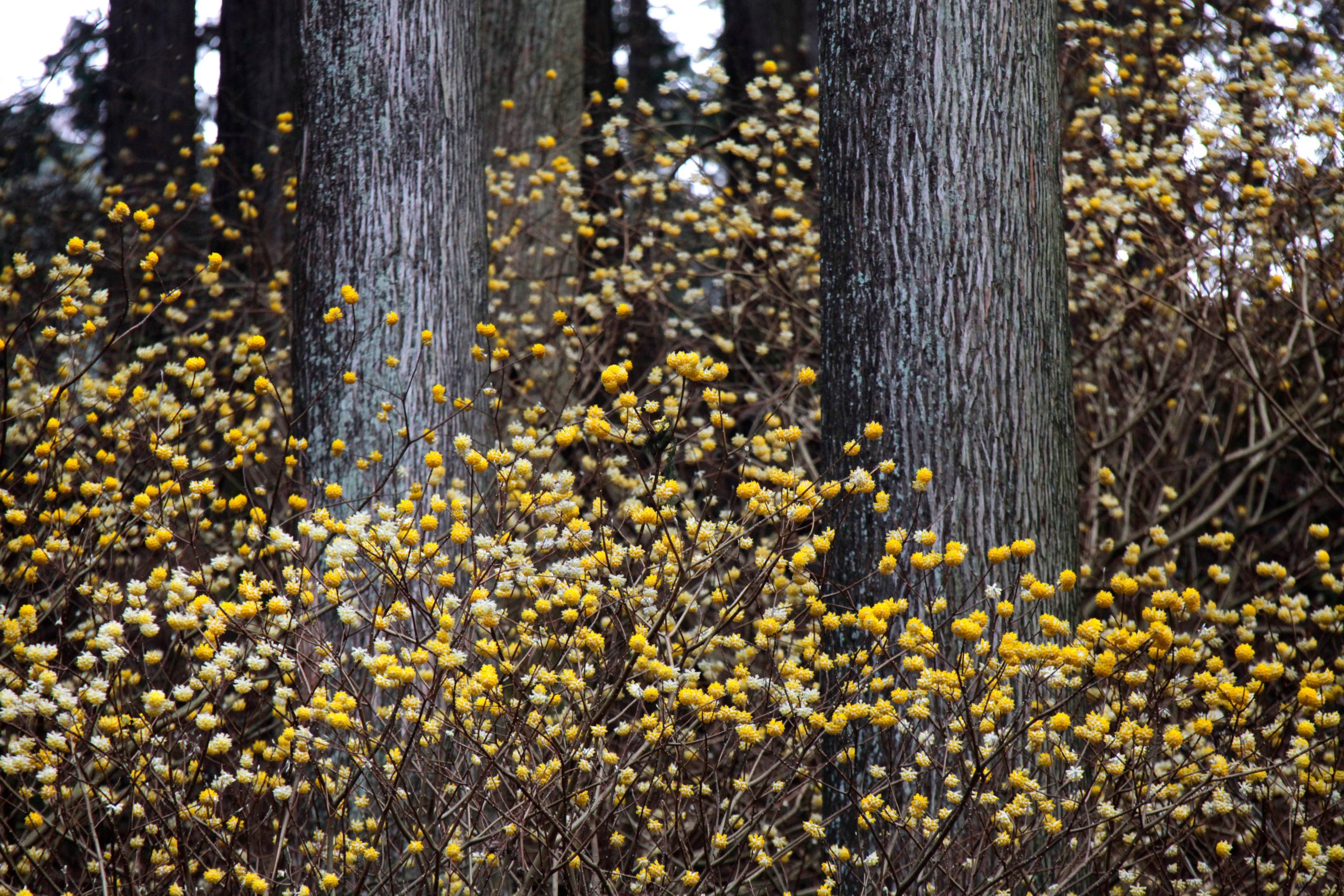
One February day three years ago, Yoko called me from the local garden centre: ‘That spot behind the house that you don’t know what to do with, I’ve found just the thing for it — a money plant.’
Before I could protest, the line went dead, leaving me to ponder why a knowledgeable plantswoman who hates the humdrum and is proudly Japanese should fall for Crassula ovata, a tender South African succulent that’s known the world-over as the money plant and is most commonly grown in Chinese-owned restaurants, takeaways and shops.
She returned with a gauntly beautiful, golden-flowered shrub that, in the warmth of the house, was soon lacing the air with a scent somewhere between hyacinth and freesia.
‘Lovely,’ I said.
‘Now, what about this money plant of yours, shall I fetch it from the car?’
‘What are you talking about?’ she replied and pointed at her perfumed prize: ‘That’s it.’
‘It’, properly, was named Edgeworthia chrysantha, a robust deciduous shrub that belongs to the Daphne family (Thymelaeaceae) and is native to China. It’s more frequently encountered in Japan, however, where, over many centuries, it has become naturalised. There, its bark was, and still is, harvested for the fibres, which give strength to washi, a fine paper favoured by calligraphers and other artists, hence its synonym Edgeworthia papyrifera.
Sign up for the Country Life Newsletter
Exquisite houses, the beauty of Nature, and how to get the most from your life, straight to your inbox.
Yoko’s father was a celebrated calligrapher. Was that why she called this shrub ‘the money plant’?
‘Good God, no; what a vulgar idea. No — as a girl I nicknamed it kane no naru ki [money tree] when I learnt that, since the 1870s, Japanese currency had been printed on paper made from its bark. Even today, if you handle our bank notes, you’re touching Edgeworthia.’
Long before it was turned into lolly, gardeners had a yen for it. They were fascinated by the numerical regularity of its woody parts. Like an inverted tripod, each stem produces three stout branches of equal length, thickness and angle of projection. Those limbs do the same when they branch, as do their branchlets in turn, and so it goes to the ultimate twigs, diminishing in size, but always following the rule of trifurcation. Never mind money, Japan’s actual and centuries-old name for Edgeworthia chrysantha is mitsumata, ‘three prongs’.

If happy, it grows fast to four or five feet in height. Ours has tripled in size in three years, as if inextricably bound by this species’ lucky number. It makes a framework that is sparse at first, but will broaden, becoming a dome infilled with intricate branchlets. Large, oblong and in a soft bluish pea-green, the luxuriant leaves put it in the first rank of hardy exotics; but it’s what happens after they drop that earns E. chrysantha a place in almost any garden.
The leaves’ fall exposes the immature flowerheads, each circular and packed with buds, that have been forming at the branch tips since late summer. As winter progresses, these enlarge, develop a silky white pelt and turn downwards on short, arched stalks (picture a miniature showerhead coated in chinchilla, as seen in all the best Surrealist doll’s houses).
From January onwards, as the buds separate and open, the flowerheads expand into hemispheres of silver-fleeced tubes with radiant yellow faces. These blooms are long-lasting, withstand severe frost, rival Sarcococca and Daphne in scent and contrast brilliantly with the cinnamon tones of the branches that bear them.
Despite these merits, E. chrysantha was rare in cultivation for well over a century after its introduction to Britain in 1845, confined to conservatories and to gardens in the far South-West in the mistaken belief that it was tender. It’s only recently, as decent-sized plants have increased in availability, that we’ve become bolder with it and its vermilion-flowered cultivar E. Red Dragon and found that both are reliably hardy within a few guidelines.
‘Money plants’ flourish in the shelter of walls and trees, in full sun or dappled shade and a rich, but free-draining acid-to-neutral soil. It’s unnecessary, indeed counter-productive, to wrap them with fleece to protect their flowers from freezes. Late frosts do them more harm than hard winters; thus damaged, however, they’ll usually shoot again in the heat of summer.
Only prune stems that are a nuisance and only after flowering: it doesn’t pay to interfere with their hard-wired tripartite branching. Finally, site them so that you can enjoy them from the house in winter and be greeted by them on entering the garden: plants this precious deserve to be kept close.
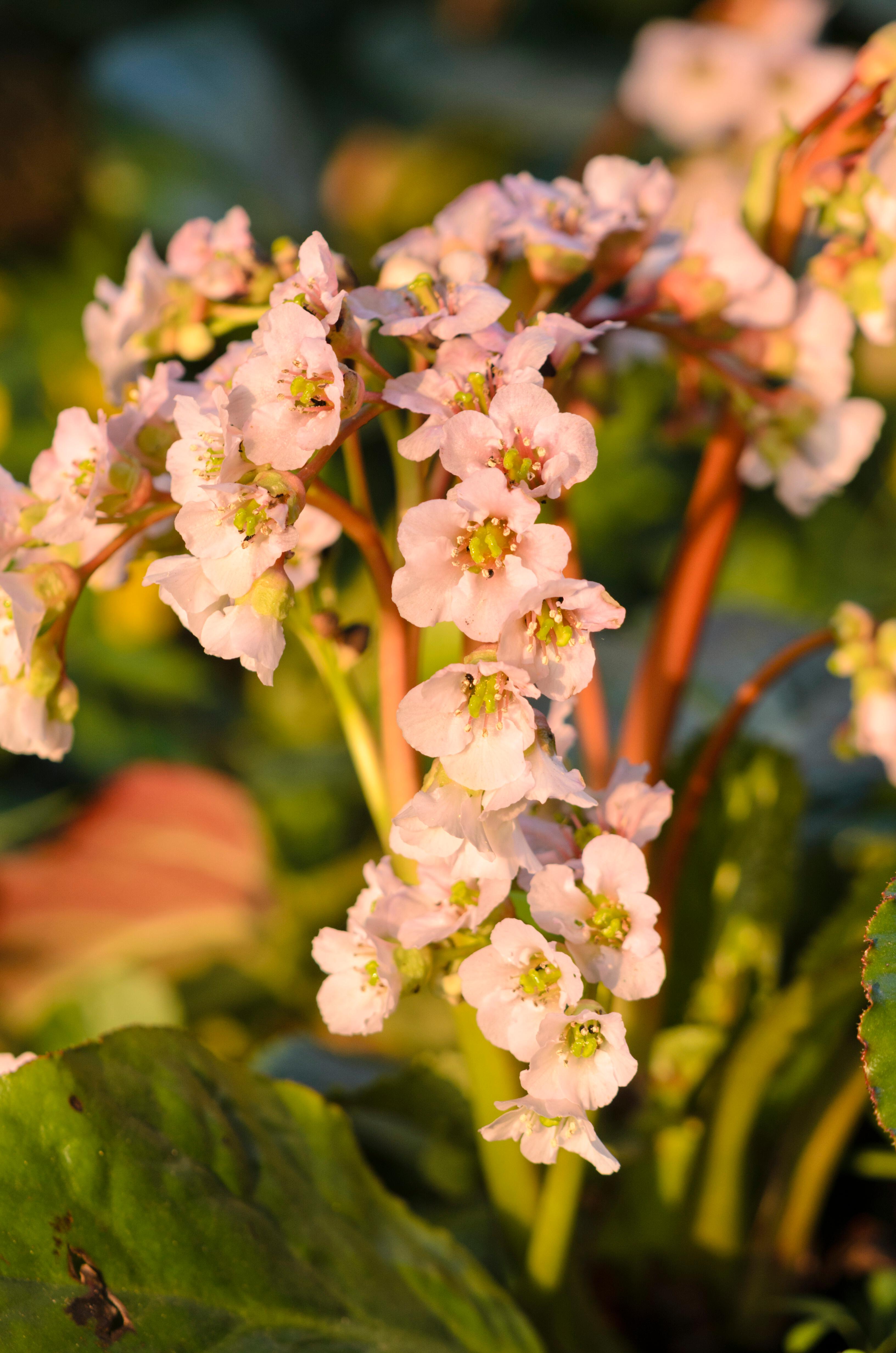
Mark Griffiths: Why gardening is vastly richer, wider and deeper than in Gertrude Jekyll’s day
Gertrude Jekyll loved bergenais, but she'd be the first to agree that the variety around today far outshines what was
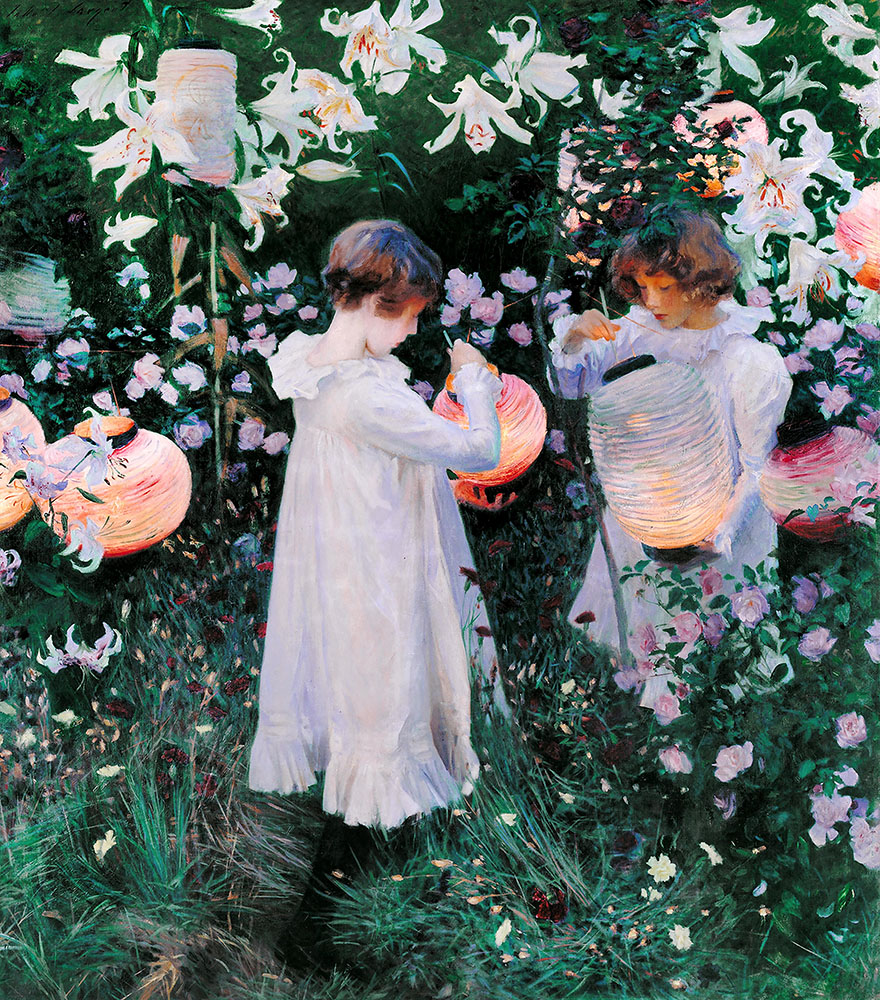
In Focus: Mark Griffiths on the history and revival of Sargent’s 'Carnation, Lily, Lily, Rose'
Mark Griffiths describes how a dinner-party question led to the uncovering of the true identities of the lilies in Sargent’s
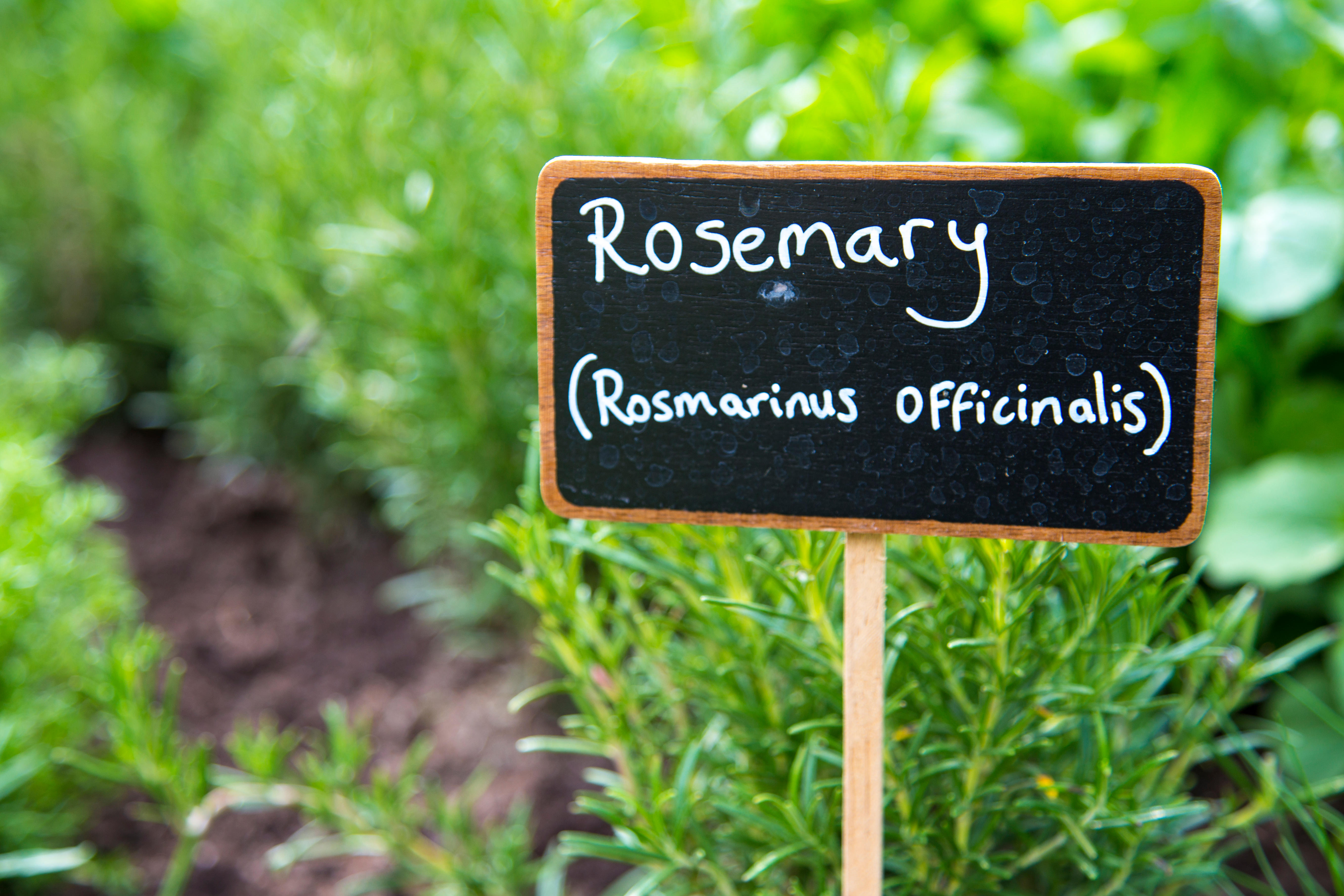
Gardening's oddest minefield: How naming and re-naming plants can send botanists, gardeners and writers into a spin
Mark Griffiths delves in to the world of plant names, unearthing quirky stories, scientific discovery — and an unfortunate case
-
 Some of the finest landscapes in the North of England with a 12-bedroom home attached
Some of the finest landscapes in the North of England with a 12-bedroom home attachedUpper House in Derbyshire shows why the Kinder landscape was worth fighting for.
By James Fisher
-
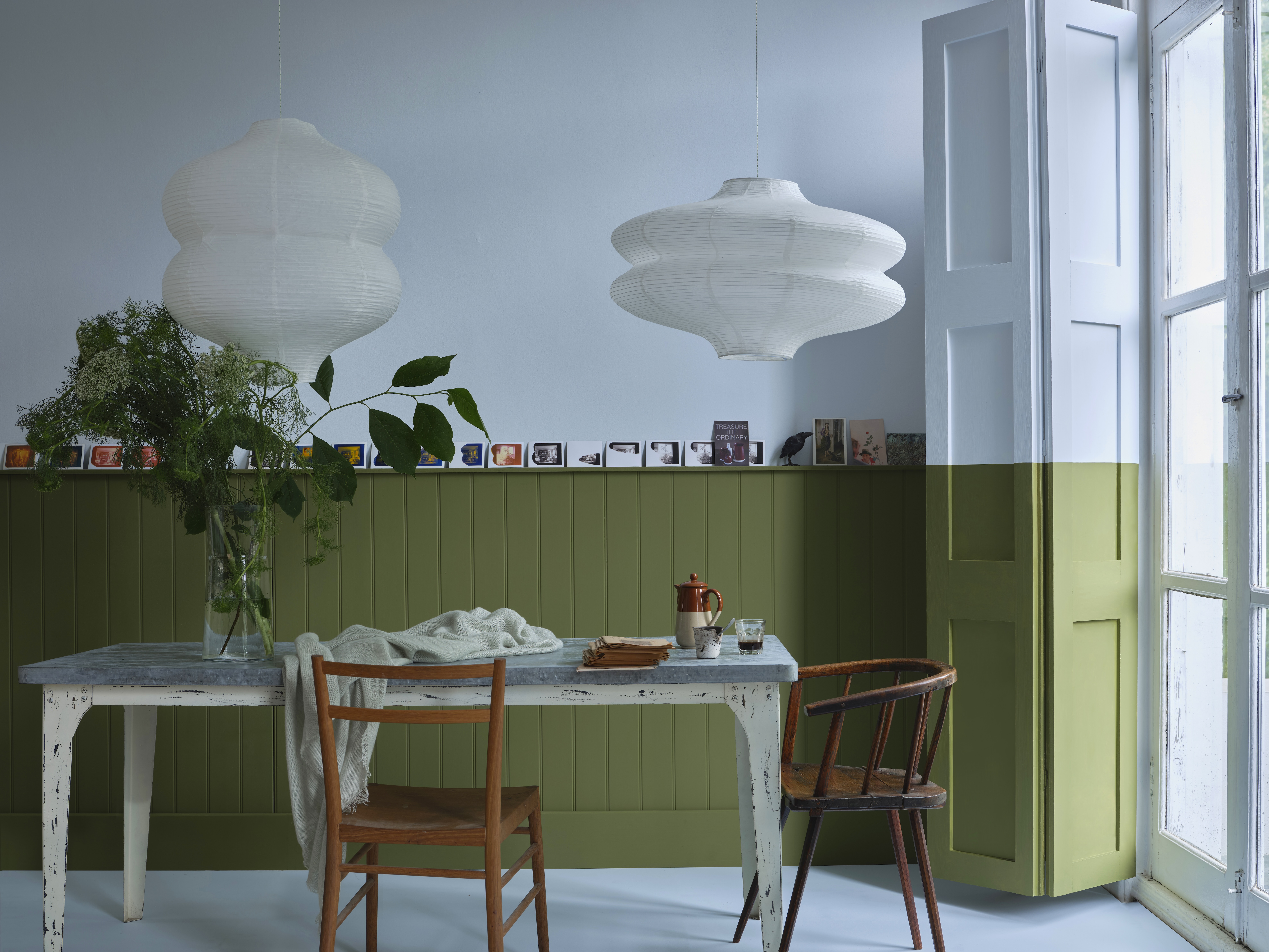 John Sutcliffe — The man, the myth and the paint-naming legend behind Dead Salmon and Elephant's Breath
John Sutcliffe — The man, the myth and the paint-naming legend behind Dead Salmon and Elephant's BreathBy Carla Passino